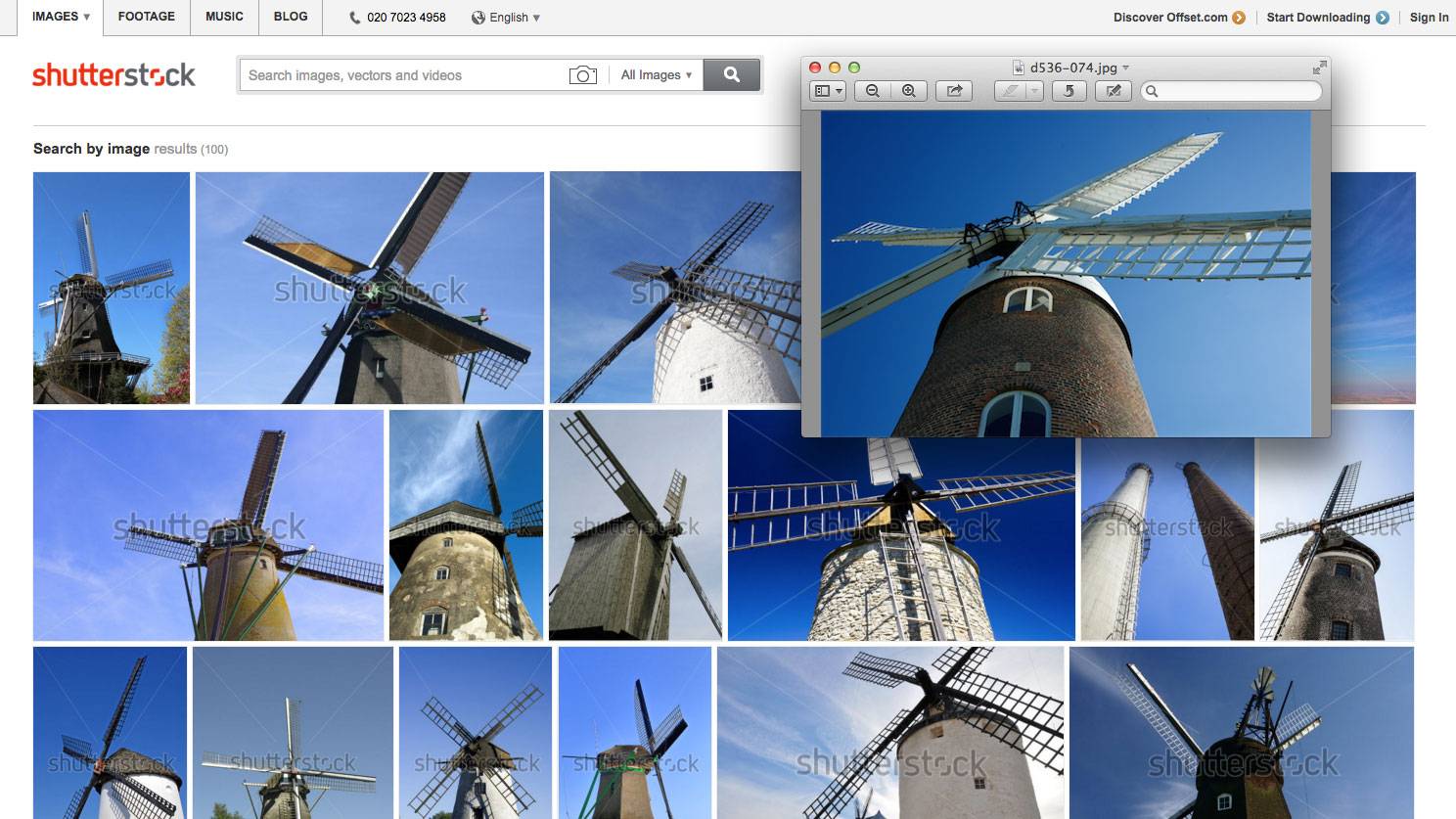

Commercial image library Shutterstock has introduced a new ‘computer vision’ search technology that finds photos according to their contents and not just the keywords that photographers have attached to them. It’s designed for publishers and designers searching for professional quality photos they can license, but the technology has potential for photographers everywhere.
The company’s new Reverse Image Search can find photos matching a sample image that you provide, which is designed for situations where you’ve found exactly kind of photo you want but it’s owned by somebody else. It’s really simple to use – you just drag an image into the search box to see a selection of visually similar alternatives.
There’s no excuse now for publishers ripping off other people’s photos online because now they can find a bona fide paid-for image in moments, and one that matches what they’re looking for visually and by subject matter.
This is potentially much smarter than relying on photographers to tag their images manually. Keywords, or ‘metadata’, have long been a problem for photographers and image libraries, partly because keywording images is a time-consuming operation that’s often overlooked and partly because every photographer does it differently.
Too many times you’ll miss potentially perfect photos because they don’t have the keyword you’re looking for, or you’ll see lots of ‘matching’ images that have only a tenuous connection with your search term.
It’s a problem not just for publishers searching for suitable stock images but also for regular photographers trying to organise their own image libraries.
Shutterstock’s solution uses a combination of computing hardware and software algorithms. “It breaks down an image into principal features that it can define numerically.” The system uses a ‘convolutional neural network’ which can learn the properties that define a ‘cat’, for example.
Its developers went through a whole series of iterations to improve and refine the search results before releasing it as a finished product on the Shutterstock website.
The Google Search by Image feature works in a similar way. You upload a photo and Google finds visually similar images online. This capability is built into Google Photos, too, so that you don’t have to add keywords and tags any more because Google can find pictures through visual similarity, location data and other clues (mostly, anyway).
This could develop into the next big imaging revolution, where computers can not just recognise similar-looking images, but make connections between people, places and events that we may not have thought of.
[source :-in.techradar]

